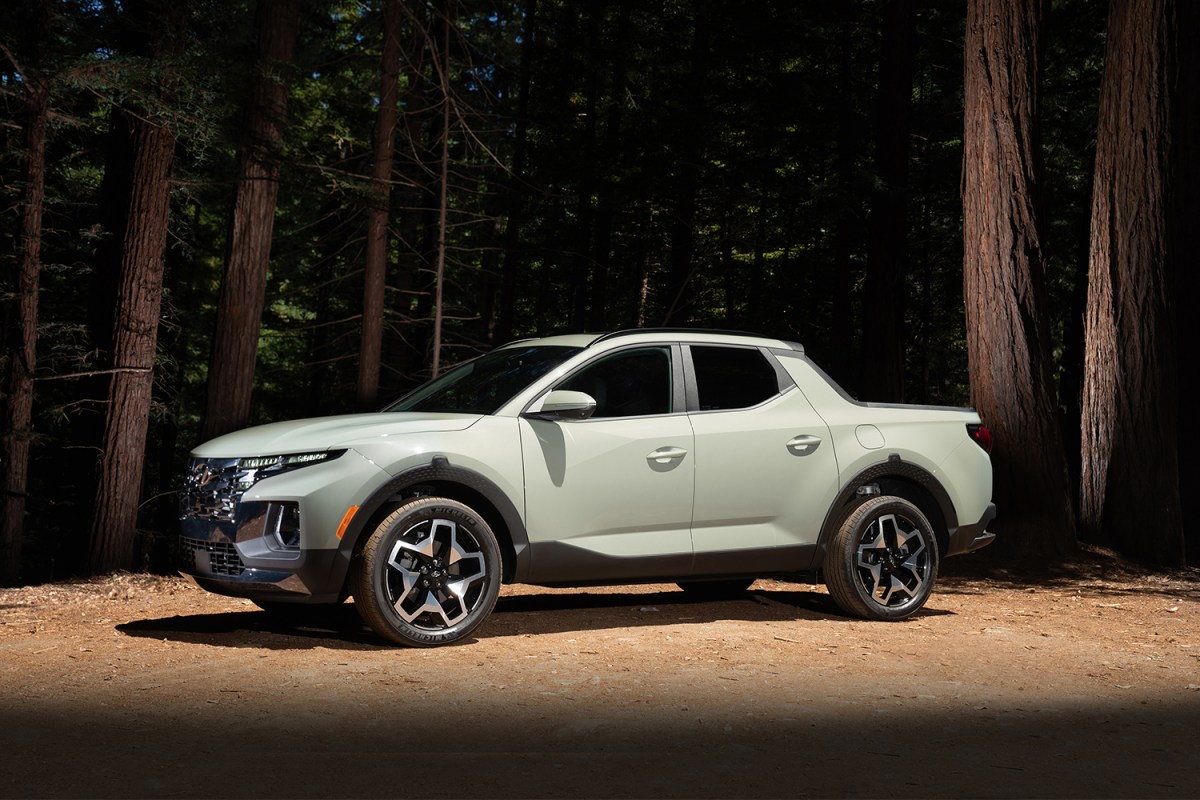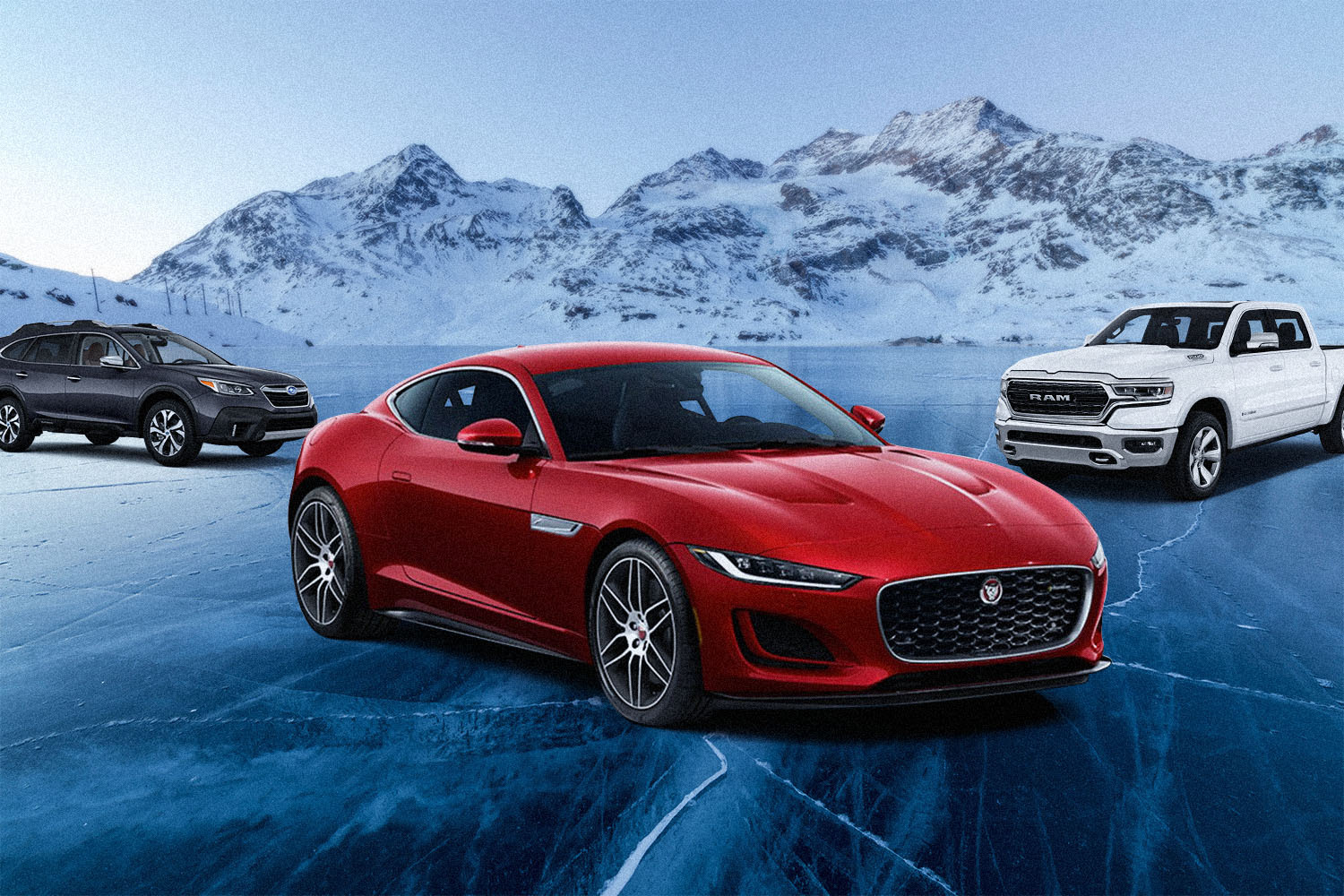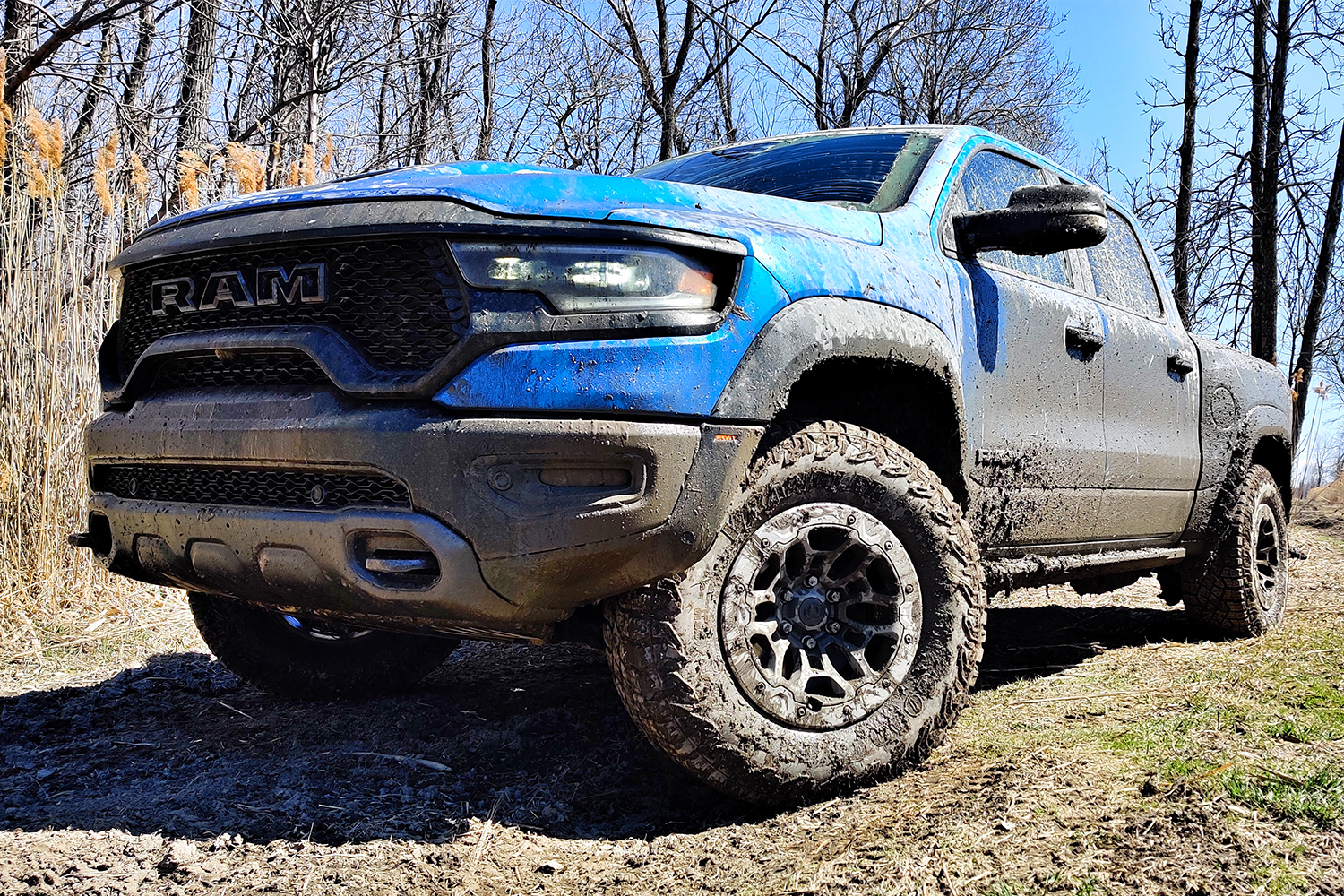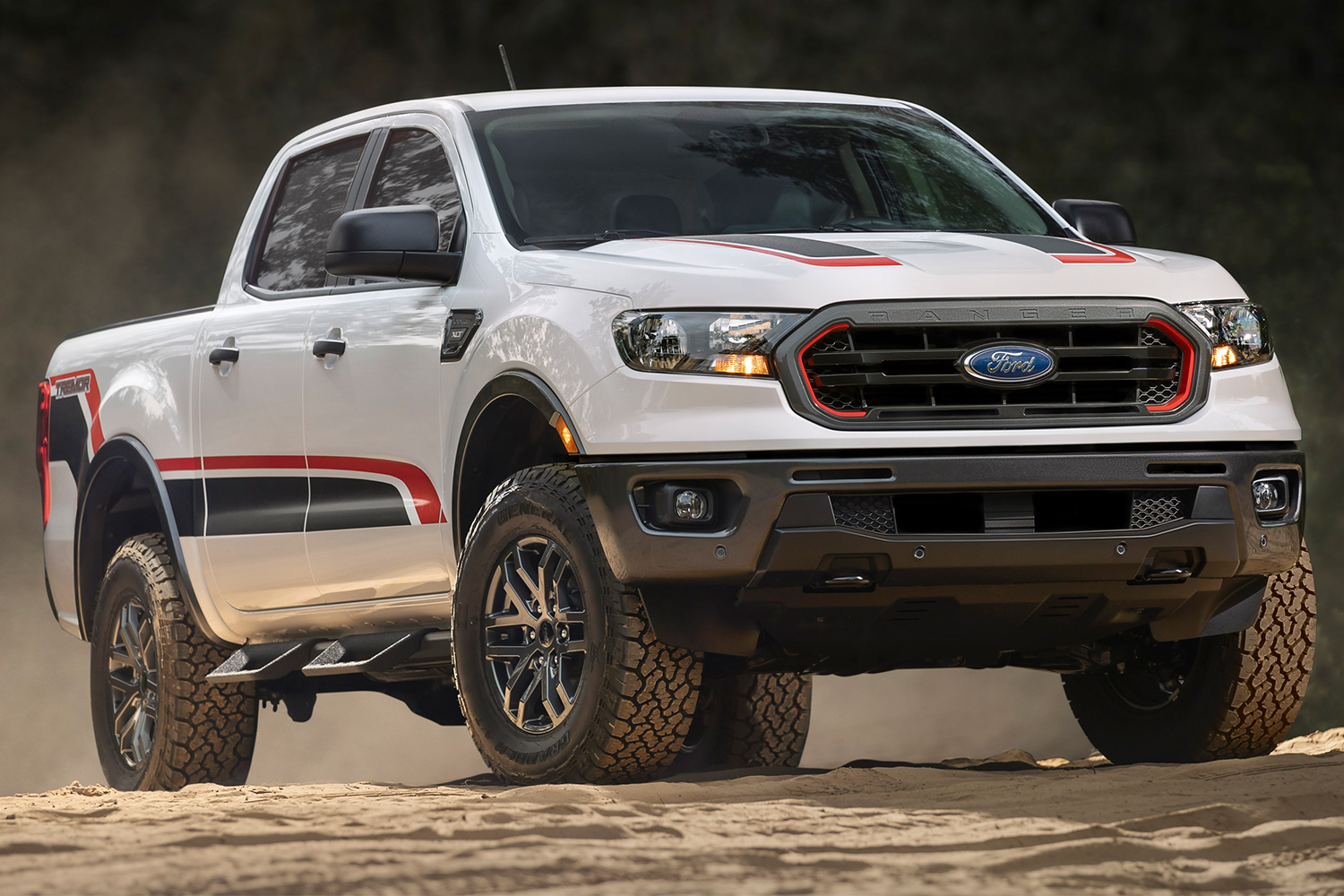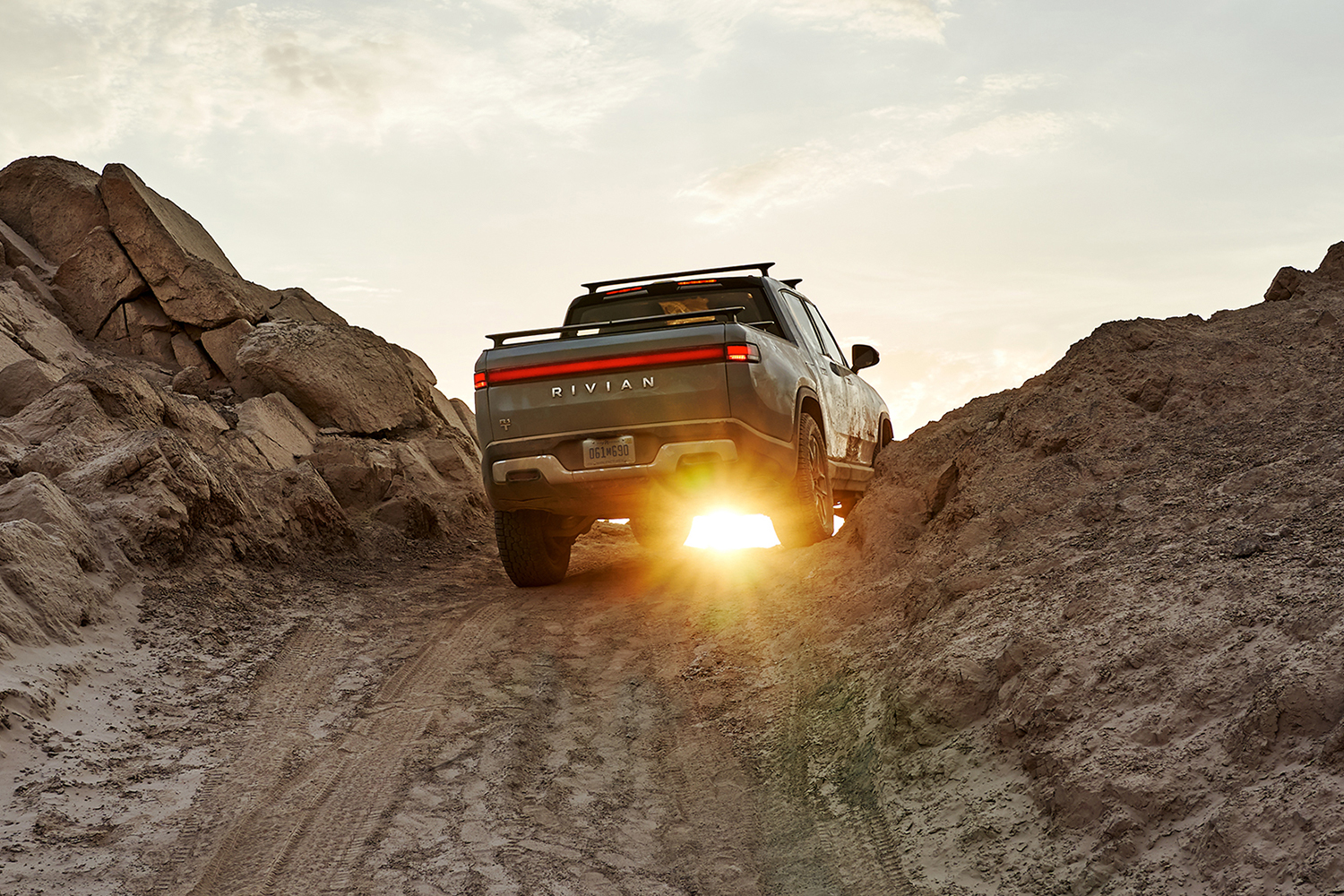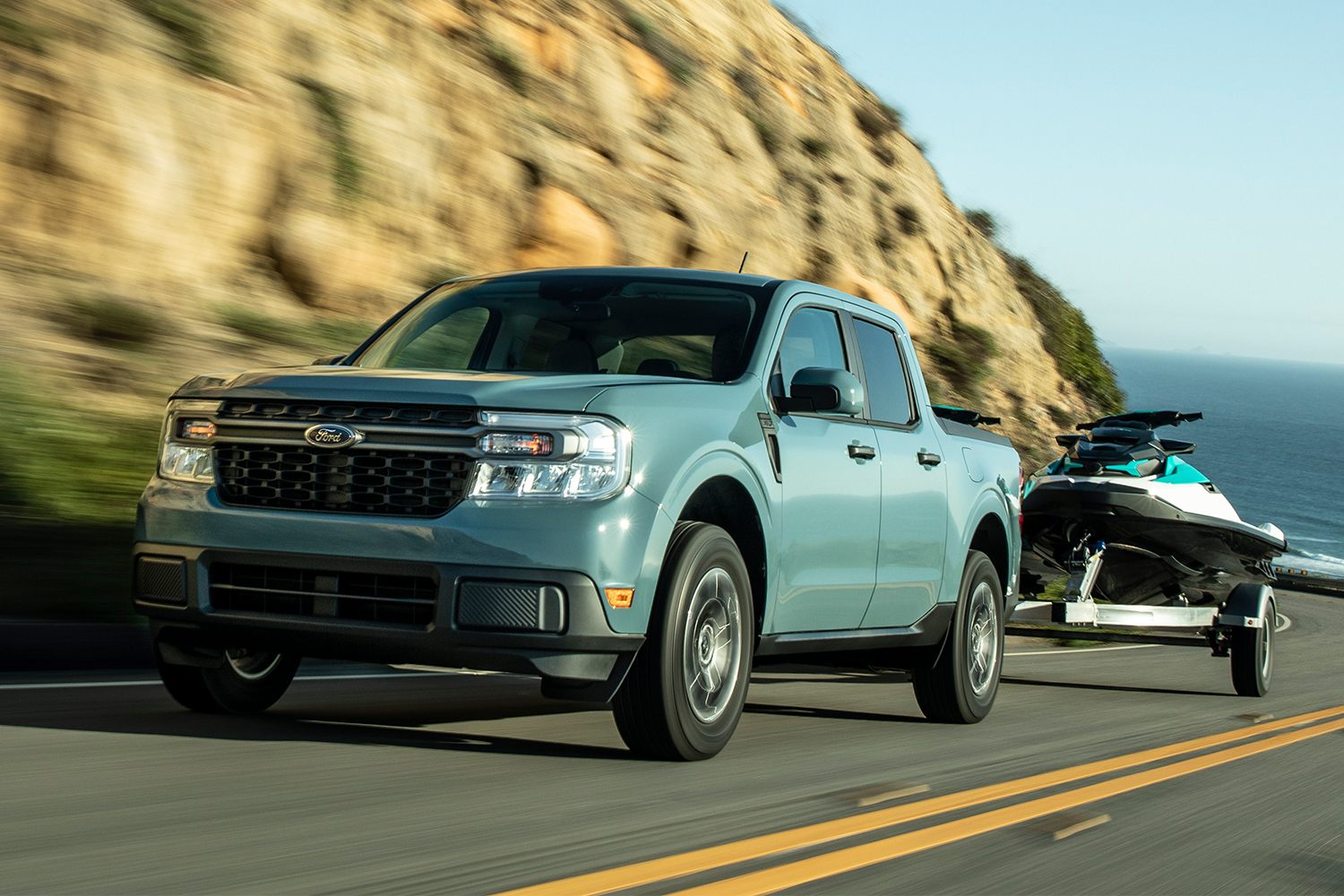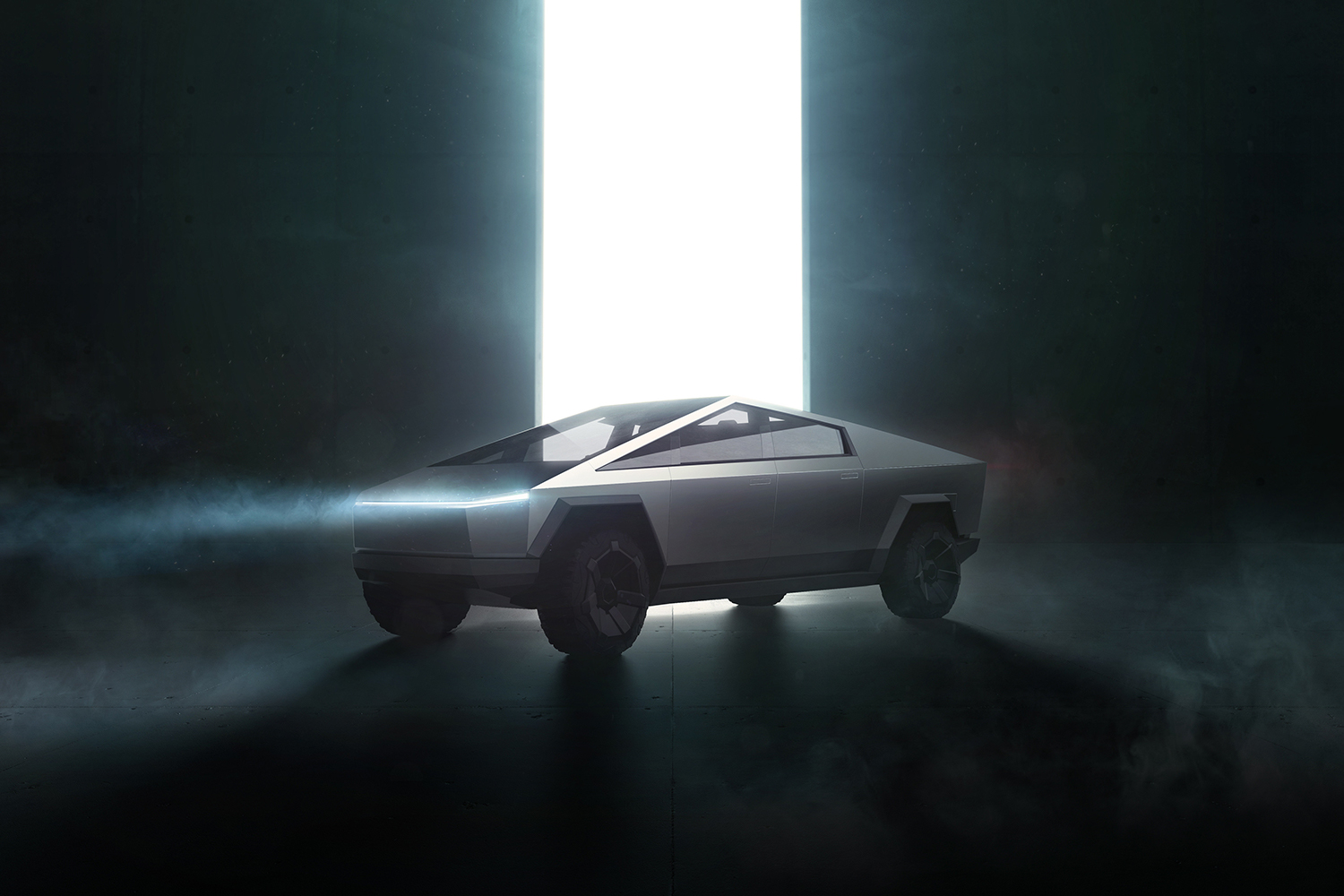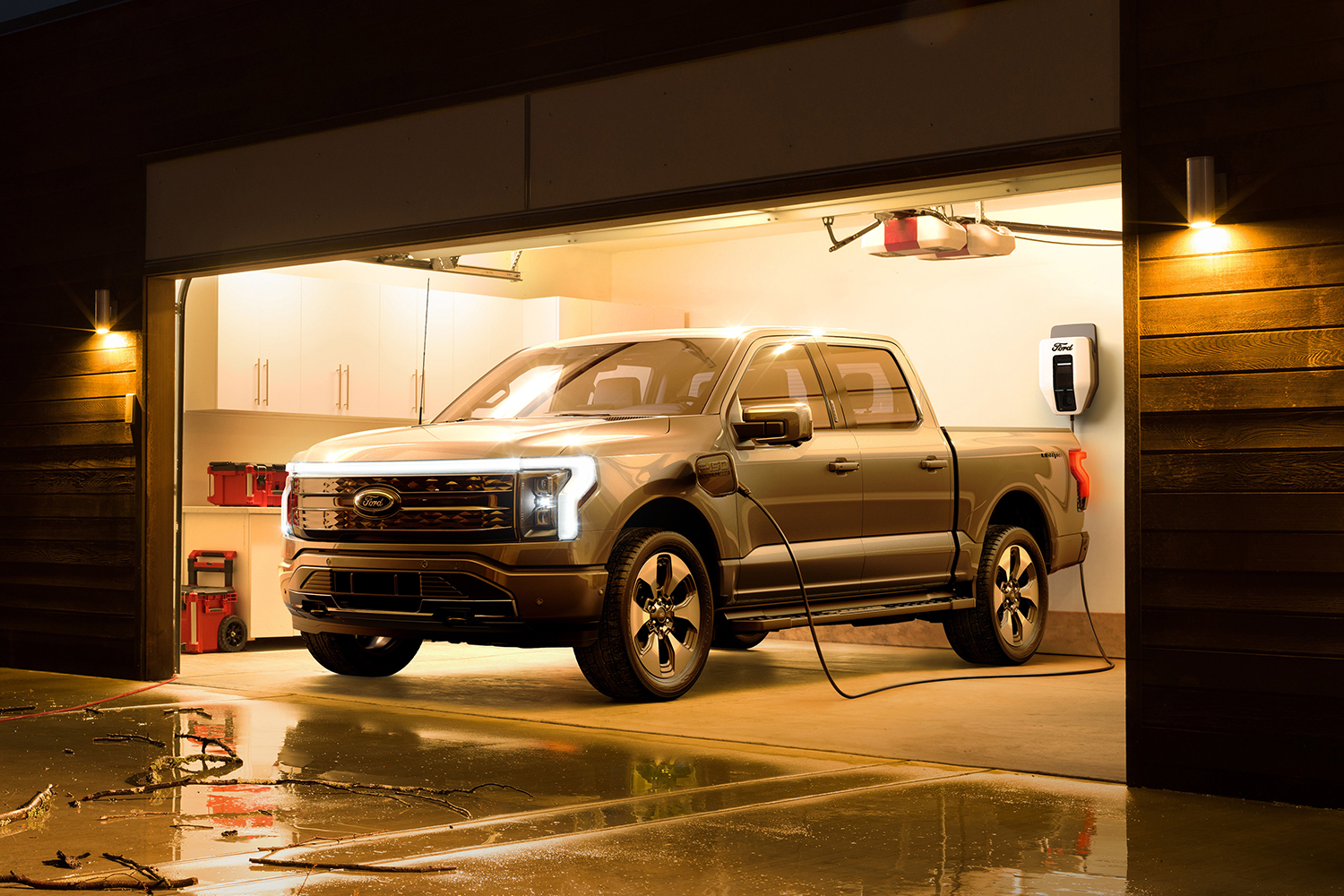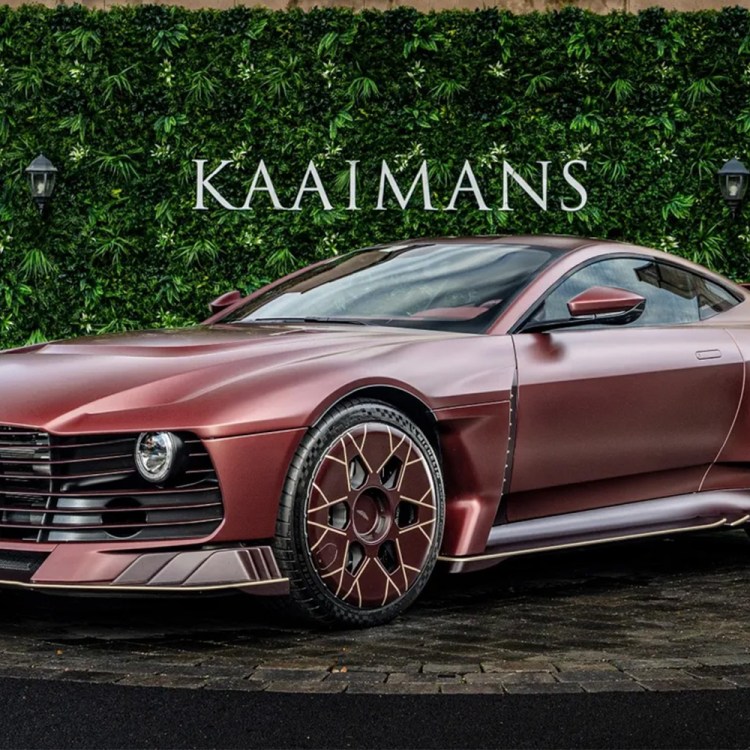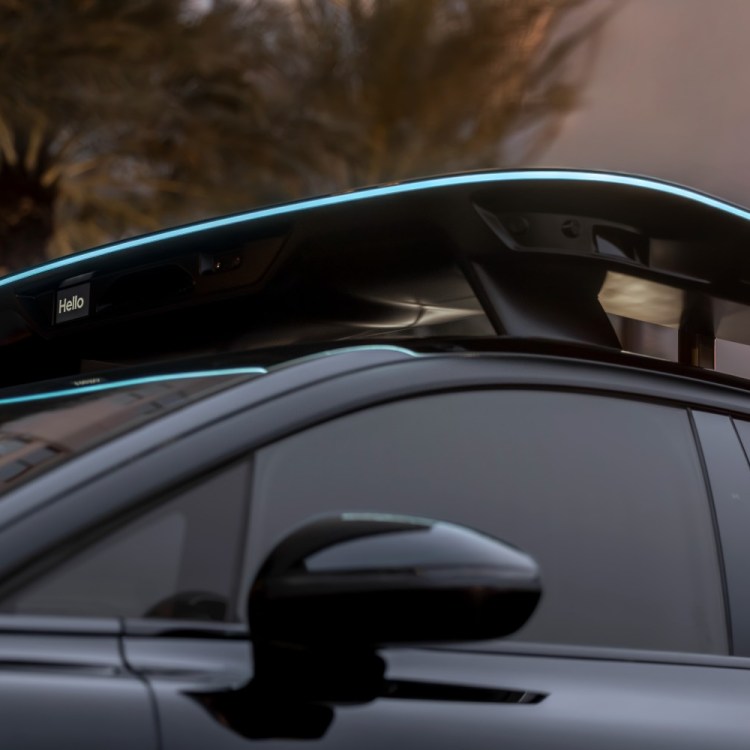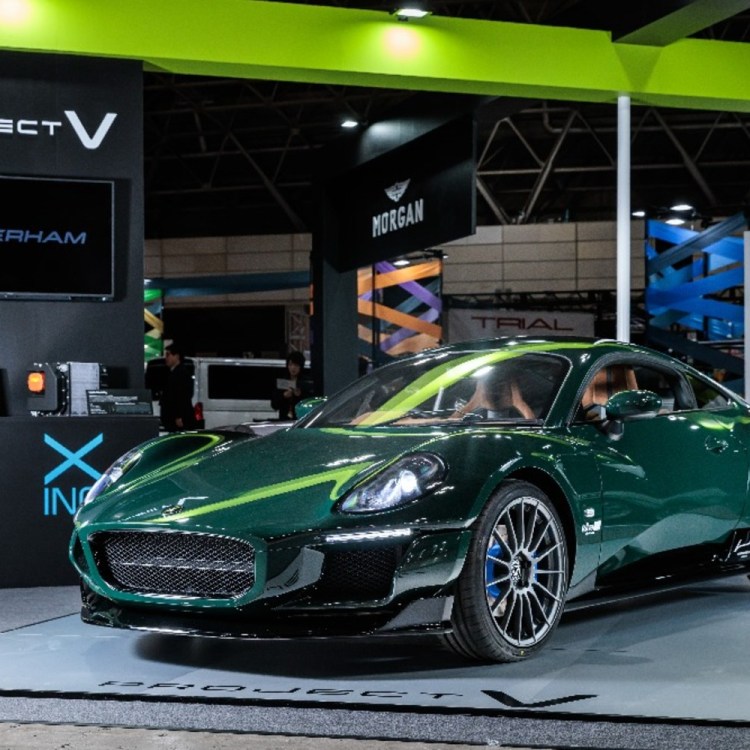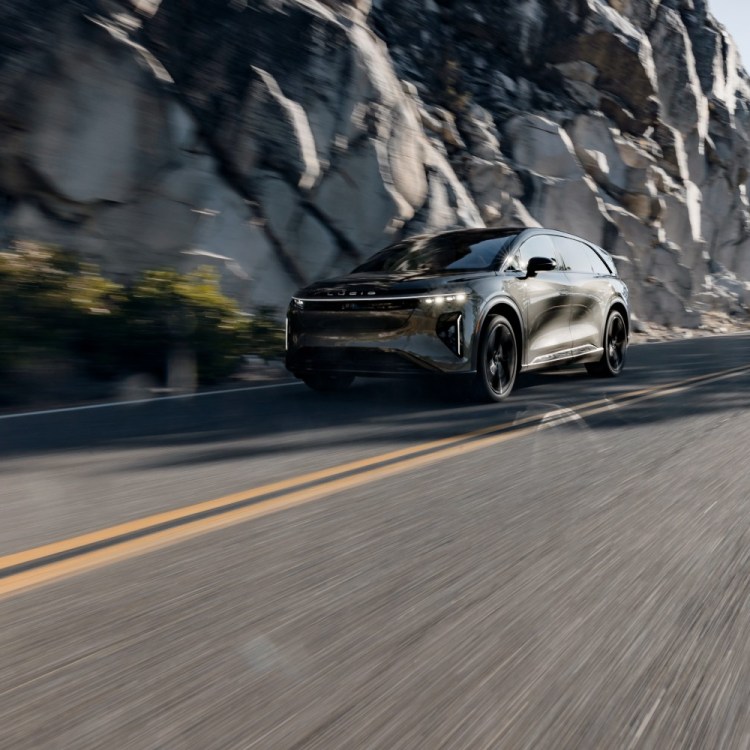There are three harsh realities in the pickup world that are rarely publicly acknowledged by automakers riding the wave of profits generated by this ultra-popular class of vehicle: a vanishingly small percentage of truck owners ever subject their rigs to off-road punishment more rigorous than a muddy field, the average trailer load on U.S. highways hovers around the 3,500-lbs mark, and for nine out of every ten miles that roll by on the odometer, the cargo bed out back is hauling air.
While it’s clear that the form presented by a pickup represents a seductive combination of ruggedness and utility in the eyes of buyers, given how trucks are actually used by their owners it seems unnecessary to subject them to the clunky ride and lamentable miles per gallon associated with a traditional body-on-frame design. This is especially true in the small pickup segment, where lifestyle and looks often trump concerns about hardcore rock crawling or white-knuckle towing.
It’s with this in mind that Hyundai debuted the Santa Cruz for the 2022 model year. The newcomer takes a scalpel to its popular Tucson crossover package, stretching out its wheelbase by about 10 inches and slicing off the rear roofline to create a stunted, but still stunt-worthy open bed. The first pickup ever offered by the Korean company on American shores, the Santa Cruz sure does look like a truck, but in every single important way, it’s not. Instead, the compact competitor has found a side-door into a crowded segment, showing up its closest rivals from Ford, Chevrolet, Toyota and Nissan while avoiding the pitfalls that claimed past attempts to bottle lite-pickup lightning.
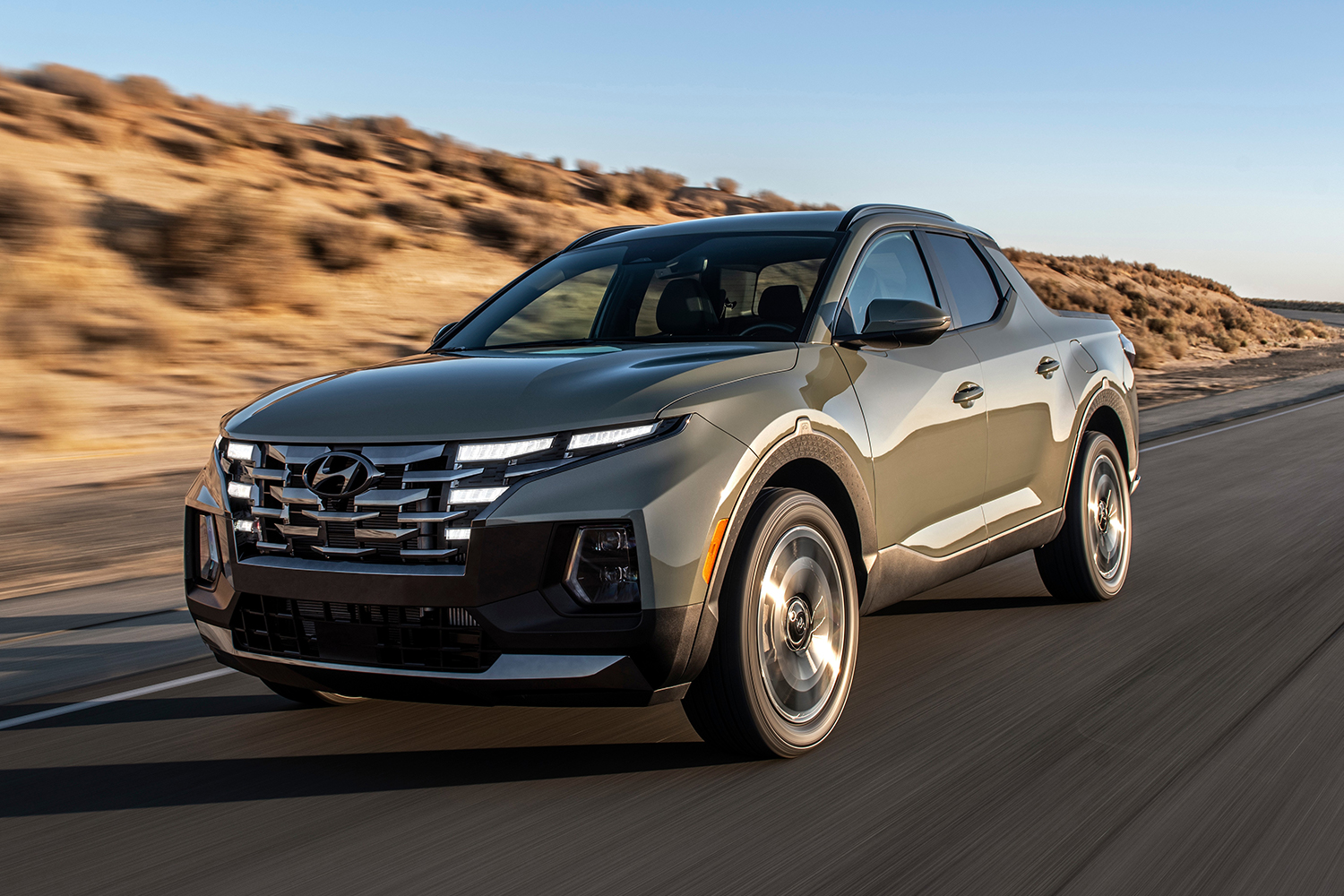
The Benefits of a Pint-Size Pickup
A full appreciation of the Hyundai Santa Cruz requires a detailed understanding of what you’re getting, and what you’re not, when you sign up for this pint-size interpretation of the pickup. On the plus side, there’s the Santa Cruz’s handsome styling, with a sleek, well-illuminated front fascia avoiding the cosplay brutalism of so many modern trucks, and an intriguing silhouette that buffs up the vehicle’s Tucson DNA while providing excellent integration of its cargo bed with its swept rear cab pillar.
That fantastic first impression is backed up by a four-door cabin that is right-sized for couples interested in using the rear row of accommodations for children, friends, a furred companion or simply extra storage (with additional bins found under the fold-up bench). Larger riders will be surprised to find the back seat more generous than what they might be used to in other, externally bigger midsize pickups. My Limited tester, the most expensive of four available trims, also featured heated leather seats, a heated steering wheel, a moonroof and Hyundai’s latest 10.25-inch infotainment system. The latter was occasionally laggy but presented itself well, and the overall upscale feel of the Santa Cruz interior is leaps and bounds ahead of more utilitarian choices like the Ford Ranger or the Toyota Tacoma.
What truly elevates the Santa Cruz above other trucks, however, is its driving experience. Every aspect of the Hyundai’s on-road comportment, from its lithe handling to its eager acceleration to its ability to smooth out rough roads (even when shorn with 20-inch winter rubber), is a cut above the midsize pickups that it ostensibly slots under.
The secret to the Santa Cruz’s success is its unibody platform, a construction method common to the crossover segment that bears none of the bang-crash harshness of the body-on-frame architecture used by legacy trucks. One would be hard-pressed to separate the Santa Cruz from its Tucson bones based solely on how the two models feel from behind the wheel, and this is a huge mark in this Hyundai’s favor.
Another less obvious contributor to the Santa Cruz’s comportment is its modest curb weight. Hovering just over the 4,000-lbs mark, the compact pickup is as much as 400 lbs lighter than the next closest midsizer, a gap that stretches to nearly 700 lbs for some of its porkier contemporaries. This means that the 281 horsepower from the Limited’s turbocharged, 2.5-liter four-cylinder engine (and even more importantly, its 311 lb-ft of torque matched with an eight-speed, dual-clutch automatic transmission) gives the Hyundai more robust passing power than trucks like the Nissan Frontier and Chevrolet Colorado, which on paper provide seemingly meatier drivetrains.
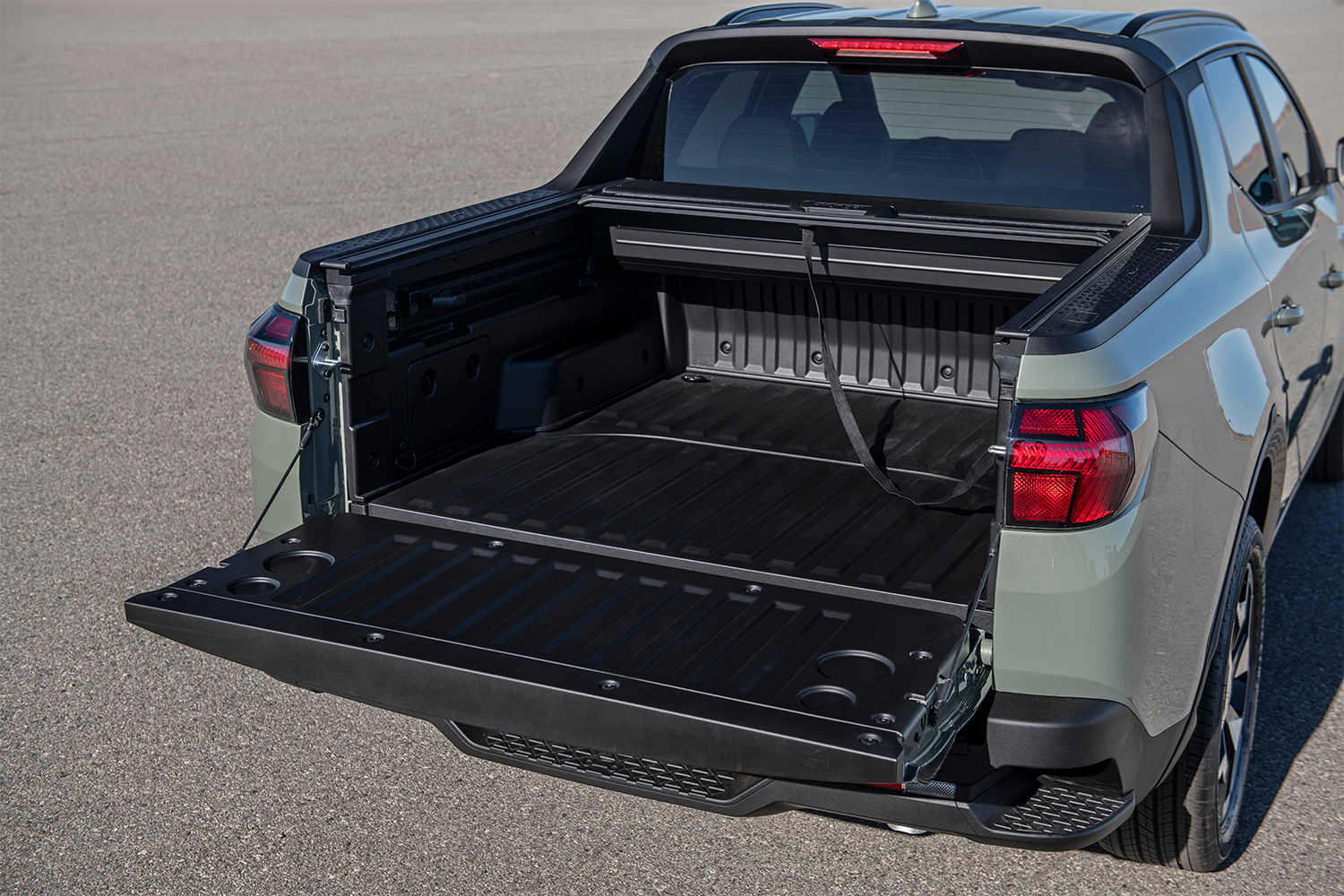
Less Is More?
That lightweight unibody chassis is also where the Santa Cruz’s compromises come into focus. Without the extra mass of a solid rear axle or the iron bulk of a full frame, the Hyundai isn’t as resistant to off-road incursions of the rocky kind, which means you’ll have to keep its respectable 8.6 inches of ground clearance in mind when avoiding obstacles on the trail. The lack of a low-range four-wheel drive system and its accompanying transfer case will also limit forays into mud pits and up sharp inclines, keeping the all-wheel drive (available across all trim levels, including the base model’s 191 horsepower, 2.5-liter four-cylinder setup) Santa Cruz just this side of the beaten path.
In addition, the Hyundai comes in a single body-style, and it’s almost 15 inches shorter than the next smallest midsize truck, which doesn’t offer full-size rear doors. The bulk of that slim-down takes the form of a truncated cargo bed, one that measures in at just over four feet — which is a good foot less than what most other midsize trucks have to offer in their stubbiest configurations, and two feet under the bar when looking at any of the available six-foot-long beds among the midsize crowd.
Hyundai has danced around the downsides of its cargo tub with all manner of distractions, including a lockable storage compartment under the bed itself, storage units carved into the bed walls, a 110-volt power outlet and a cargo management system that counts on you keeping the tailgate down when hauling longer items like mountain bikes or plywood. The version I drove came with a sliding bed cover that, despite taking up a fair bit of room at the front of the box, didn’t prevent me from hauling a five-foot Christmas tree stuffed under it diagonally.
How you feel about the Santa Cruz’s less-than-voluminous backpack depends on what you plan to haul. For some, it will be a deal-breaker, but for most it won’t matter, as the pickup bed is typically only tagged in for occasional use in a compact model like this one. Keep in mind that the truck’s excellent 5,000 lbs of towing capacity (for turbo models) means hitching up a utility trailer to tug along larger items is always an option.
There’s also the contentious cost of the Hyundai Santa Cruz to consider. Although front-wheel drive, non-turbo editions start at just under $24K, once you get to the turbocharged SEL Premium and Limited trims you’re forking over at least $35,680 and $39,720, respectively. That’s enough green to drive home in a well-equipped body-on-frame truck with a concomitant boost in towing and hauling capacity.
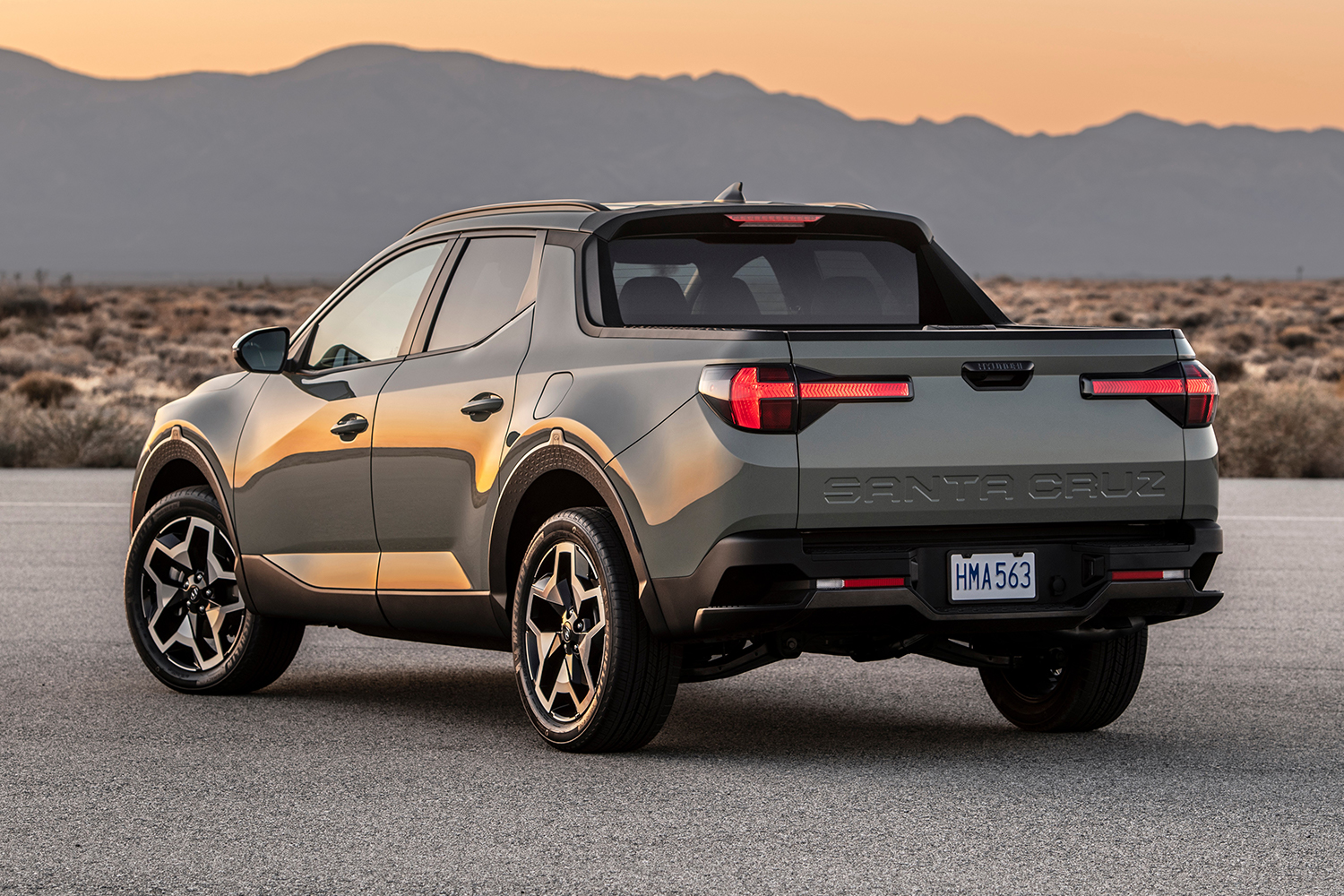
A Welcome Innovator
In a straight-up brawl, the compact 2022 Hyundai Santa Cruz loses the tale of the tape to most midsize machines when it comes to max towing, chest-beating trail antic, and overall hauling. It’s a good thing that none of that truly matters when evaluating the trucklet on its own merits, which for the Limited trim include a sublime ride, an outstanding cabin, excellent power and just enough practicality to satisfy the occasional plus-size transport task.
While you might be paying class-above prices for the privilege, in turbo form the Santa Cruz outshines every single midsize truck as a daily driver. Given that this is the most common profile for modern-day pickups, it makes the Hyundai far more than a curiosity like the too-weird-to-live crossover-based Subaru Baja flatbed that preceded it, or a market dud like the larger-but-charmless Honda Ridgeline unibody truck that simply never found traction as a true midsize choice.
Hyundai’s decision to keep the Santa Cruz compact, where it has only Ford’s recent Maverick entry as a similarly sized comparator, is an inspired one that provides American pickup fans with the most intriguing alternative to conventional pickups in decades. In a slice of the showroom where bigger has traditionally equaled better, the Santa Cruz is proof that innovation often means heading in the opposite direction of tradition.
This article appeared in an InsideHook newsletter. Sign up for free to get more on travel, wellness, style, drinking, and culture.
